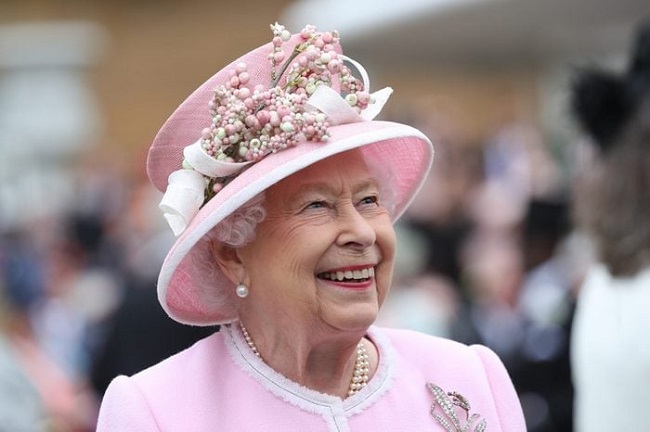Queen Elizabeth II, an emblematic figure of continuity and tradition, has been the bedrock of the British monarchy for over six decades. Recognized for her unwavering commitment to her role, she has witnessed historic changes and presided over numerous milestones in British history.

What You Want to Know?
Who is Queen Elizabeth?
Born on April 21, 1926, as Elizabeth Alexandra Mary Windsor, Queen Elizabeth II ascended the throne on February 6, 1952, following the death of her father, King George VI. Since then, she has become the longest-serving current head of state, having reigned for more than six decades.
Read Also:
Why is Queen Elizabeth So Famous?
Queen Elizabeth II’s prominence is not merely due to her royal status. Her reign encompasses a significant period in British history, marked by transformations, challenges, and celebrations.
Her steadiness, dedication, and adaptability to changing times have earned her immense respect globally.
Current Status:
As of my last update in September 2021, Queen Elizabeth II was alive. For real-time status, always consult the latest credible sources.
A Glimpse into Queen Elizabeth’s Life:
- Role: Queen Elizabeth II served as the Queen of the United Kingdom and other Commonwealth realms.
- Siblings: She had one younger sister, Princess Margaret.
- Awards: Over her lifetime, the Queen has received numerous accolades, both domestically and internationally, in acknowledgment of her long service.
- Net Worth: The Queen’s net worth is estimated at around $500 million, stemming from properties, jewels, and assets.
- Personal Details: Queen Elizabeth II’s height is approximately 5 feet 4 inches.
- Parents: She was born to King George VI and Queen Elizabeth (later known as the Queen Mother).
- Husband: She married Prince Philip, Duke of Edinburgh, in 1947, who passed away in April 2021.
- Children: The Queen has four children: Prince Charles, Princess Anne, Prince Andrew, and Prince Edward.
- Grandchildren: Prominent among her many grandchildren are Prince William and Prince Harry.
- Residence: Buckingham Palace in London is her primary residence, but she also spends time at Windsor Castle and the Sandringham House.
Additional Insights:
- Post-Passing Scenario: While as of my last update, the Queen was alive, the event of her passing will usher in “Operation London Bridge,” a detailed plan outlining the steps post her demise, including national mourning and the ascension of the next monarch.
- Reason for Her Ascension: Elizabeth became the queen because she was the eldest daughter of King George VI. The reference to “Mary” is likely related to Queen Mary I and Queen Elizabeth I, from the Tudor period. Queen Mary I was the elder sister and reigned before Elizabeth I. The circumstances of Queen Elizabeth II’s ascension are not connected to the Tudor queens.
Read Also:
In conclusion
Queen Elizabeth II’s reign symbolizes stability amidst evolving societal landscapes. Her enduring presence, grace, and commitment to duty have left an indelible mark on the annals of British history.
Through highs and lows, she remains a figure of unity for the United Kingdom and the Commonwealth.







































